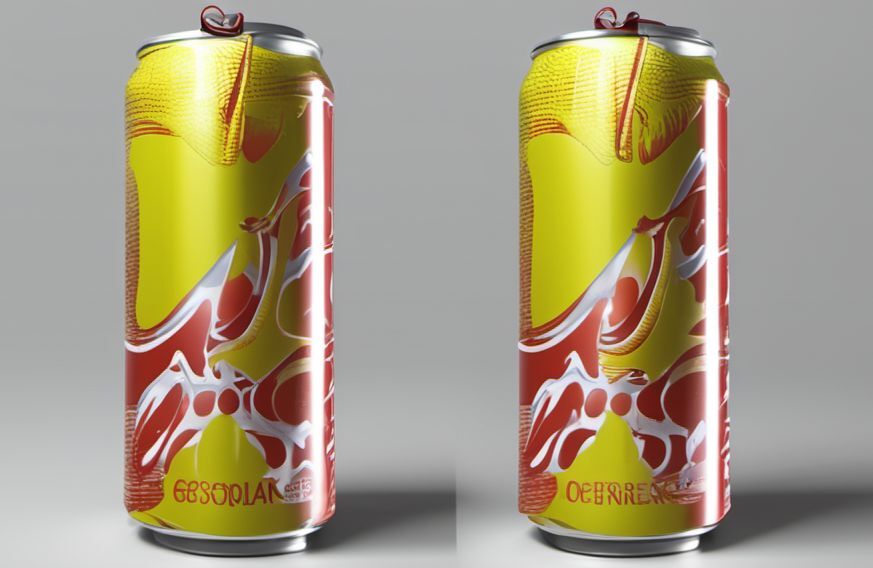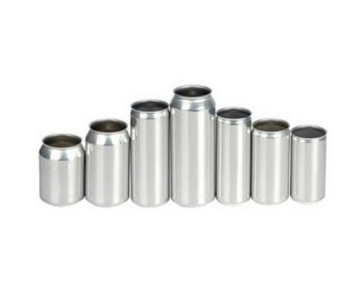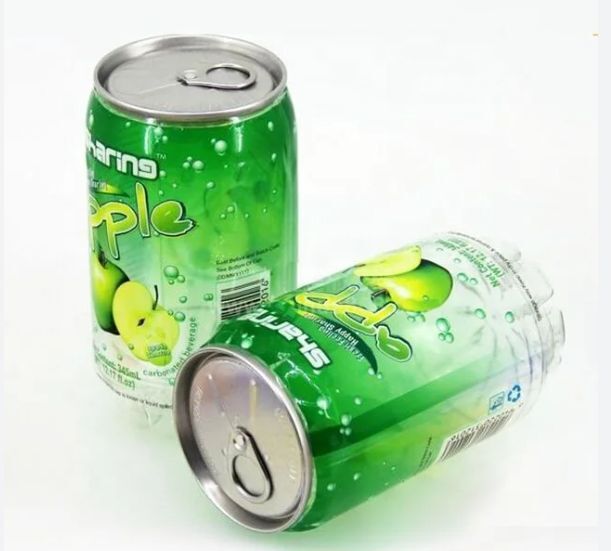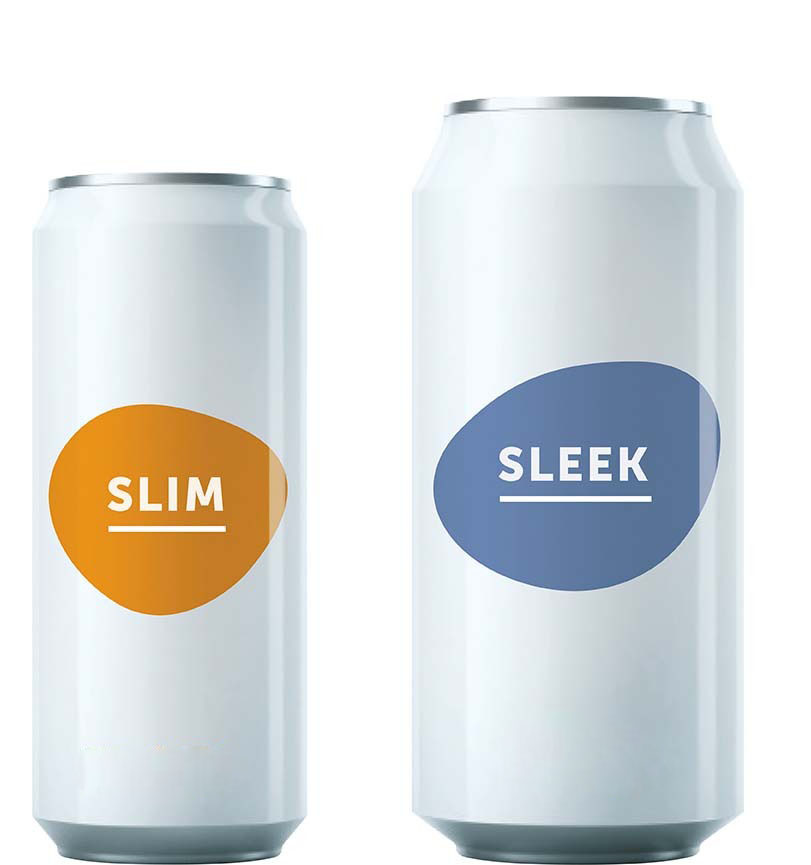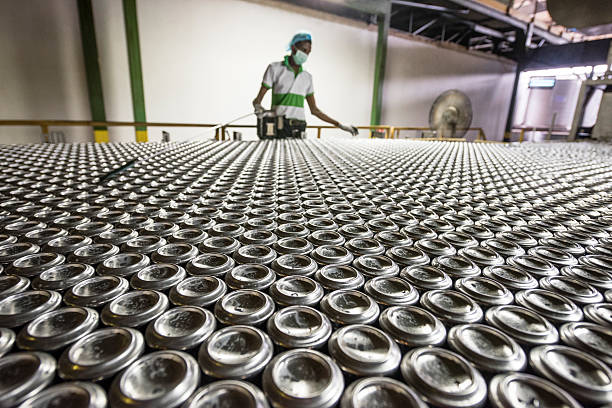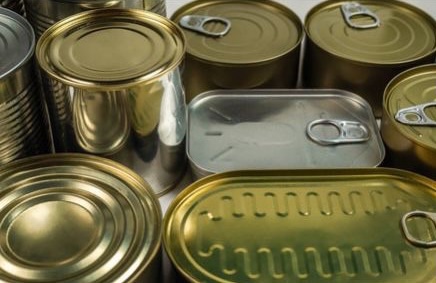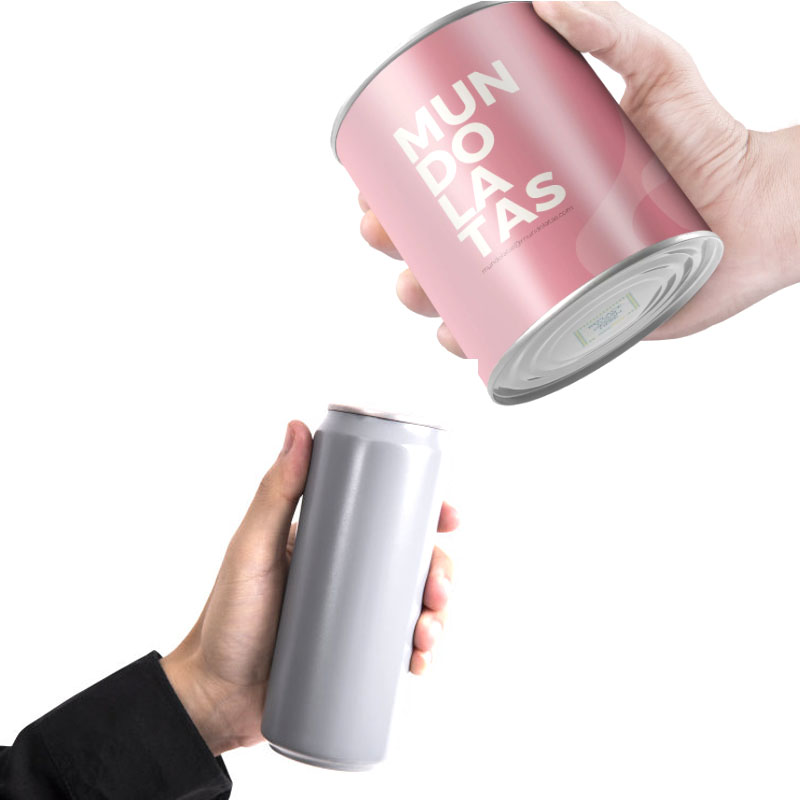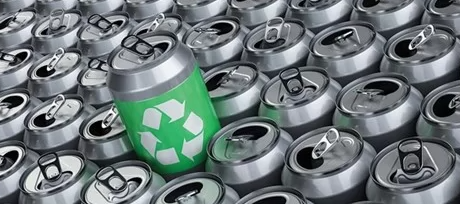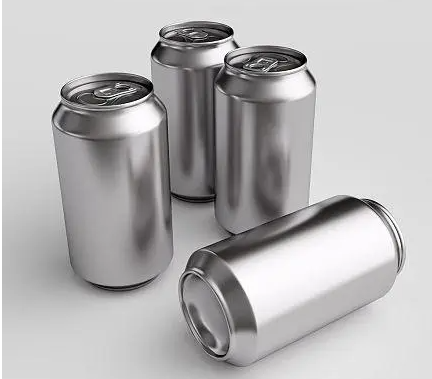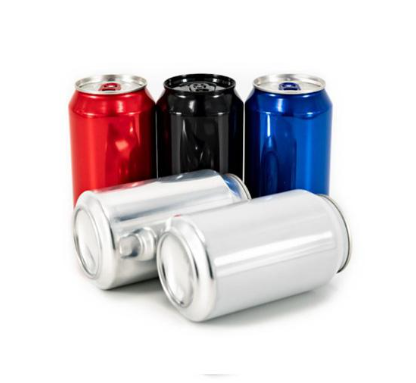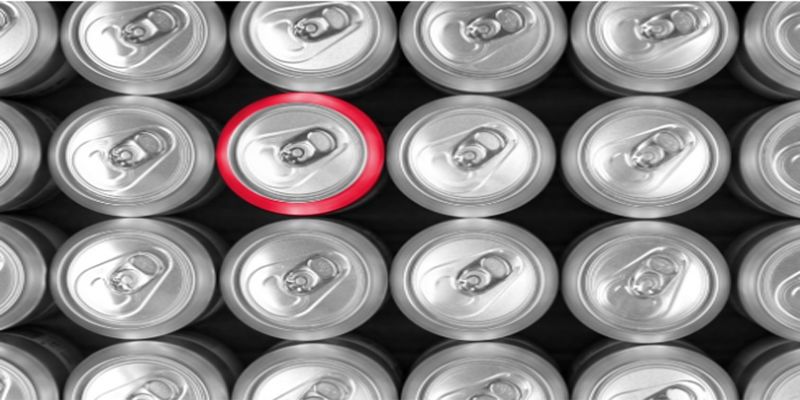How are Aluminum Cans Reshaping the Way We Enjoy Drinks?
Nov 14, 2023
In recent years, aluminum cans have emerged as a game-changer in the beverage industry, revolutionizing the way we enjoy our favorite drinks. With their numerous advantages over traditional packaging options, aluminum cans have transformed the beverage landscape and reshaped consumer experiences. In this blog post, we will explore how aluminum cans are influencing the way we enjoy drinks and why they have become the preferred choice for both consumers and beverage brands.
1.Portable Convenience:
One of the key ways aluminum cans are reshaping the way we enjoy drinks is through their portability and convenience. Aluminum cans are lightweight and easy to carry, making them ideal for on-the-go consumption. Whether it's a refreshing soda, an energizing energy drink, or a crisp craft beer, aluminum cans allow us to enjoy our favorite beverages anywhere, from picnics and outdoor events to sports stadiums and concerts. The convenience of aluminum cans enables us to savor our drinks without the need for glassware or special equipment.
2.Preservation of Freshness and Quality:
Aluminum cans offer exceptional protection against light, air, and moisture, ensuring the preservation of the drink's freshness and quality. Unlike other packaging materials, aluminum cans create a barrier that prevents oxygen and harmful UV rays from affecting the taste and integrity of the beverage. This means that when we open an aluminum can, we can expect our drink to be as fresh and flavorful as it was when it was first canned. The ability of aluminum cans to maintain the beverage's quality enhances our drinking experience and guarantees a consistent taste every time.
3.Sustainability and Environmental Impact:
Another significant way aluminum cans are reshaping the way we enjoy drinks is through their positive environmental impact. Aluminum is highly recyclable, and cans can be recycled repeatedly without losing their quality. This makes aluminum cans a more sustainable choice compared to other packaging materials, such as plastic bottles. By choosing beverages packaged in aluminum cans, consumers contribute to reducing waste and minimizing their carbon footprint. Beverage brands are also recognizing the importance of sustainability, opting for aluminum cans as part of their commitment to environmental responsibility.
4.Innovative Design and Branding:
Aluminum cans provide a versatile canvas for creative and eye-catching designs, allowing beverage brands to differentiate themselves and connect with consumers. The smooth surface of aluminum cans enables high-quality printing, vibrant colors, and intricate graphics, making each can visually appealing. From unique branding elements to limited-edition collaborations and collectible series, aluminum cans have transformed into marketing tools that engage consumers on a visual and emotional level. The innovative designs on aluminum cans enhance our drinking experience by adding an element of excitement and personal connection to the beverage.
5.Cooling Efficiency:
Aluminum cans have excellent thermal conductivity, which means they cool down quickly and efficiently. This attribute is particularly advantageous for beverages that are best enjoyed chilled, such as carbonated drinks and beer. The ability of aluminum cans to rapidly lower the temperature of the beverage enhances the refreshing sensation and allows us to indulge in a cold drink whenever we desire. Whether it's a hot summer day or a casual get-together, aluminum cans ensure that our drinks are served at the perfect temperature, enhancing our enjoyment and satisfaction.
Aluminum cans have undoubtedly reshaped the way we enjoy drinks, offering portable convenience, preserving freshness and quality, promoting sustainability, providing innovative branding opportunities, and enhancing cooling efficiency. As more consumers recognize the benefits of aluminum cans, their popularity continues to rise, and beverage brands are increasingly adopting this packaging solution. The future of beverage enjoyment lies in the hands of aluminum cans, as they provide a seamless and enjoyable drinking experience while aligning with our modern lifestyle and environmental consciousness. So, the next time you reach for your favorite drink, embrace the aluminum can and savor the goodness it delivers.
